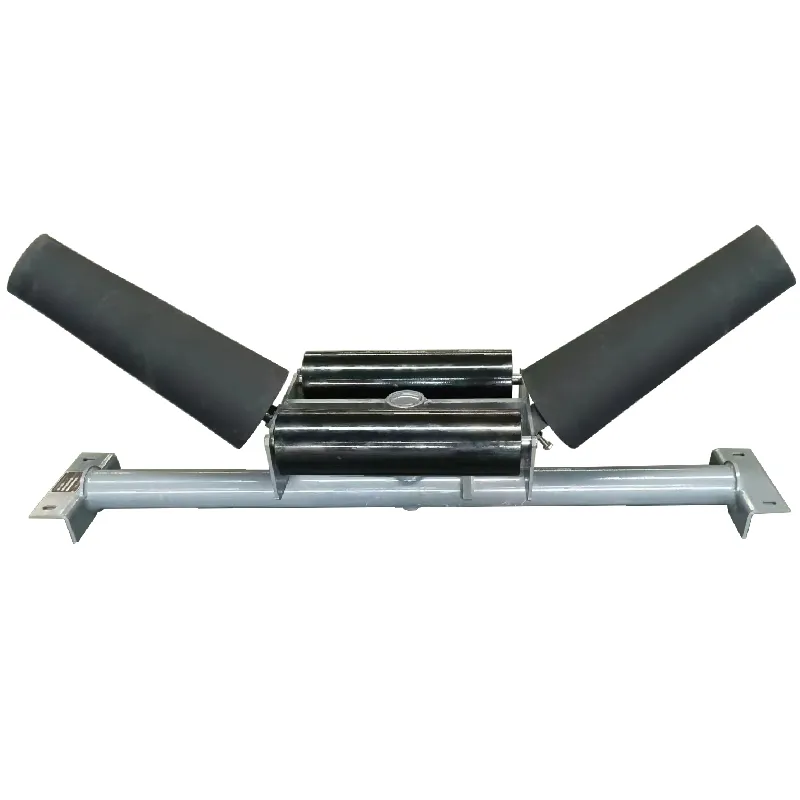 Afrikaans
Afrikaans  Albanian
Albanian  Amharic
Amharic  Arabic
Arabic  Armenian
Armenian  Azerbaijani
Azerbaijani  Basque
Basque  Belarusian
Belarusian  Bengali
Bengali  Bosnian
Bosnian  Bulgarian
Bulgarian  Catalan
Catalan  Cebuano
Cebuano  Corsican
Corsican  Croatian
Croatian  Czech
Czech  Danish
Danish  Dutch
Dutch  English
English  Esperanto
Esperanto  Estonian
Estonian  Finnish
Finnish  French
French  Frisian
Frisian  Galician
Galician  Georgian
Georgian  German
German  Greek
Greek  Gujarati
Gujarati  Haitian Creole
Haitian Creole  hausa
hausa  hawaiian
hawaiian  Hebrew
Hebrew  Hindi
Hindi  Miao
Miao  Hungarian
Hungarian  Icelandic
Icelandic  igbo
igbo  Indonesian
Indonesian  irish
irish  Italian
Italian  Japanese
Japanese  Javanese
Javanese  Kannada
Kannada  kazakh
kazakh  Khmer
Khmer  Rwandese
Rwandese  Korean
Korean  Kurdish
Kurdish  Kyrgyz
Kyrgyz  Lao
Lao  Latin
Latin  Latvian
Latvian  Lithuanian
Lithuanian  Luxembourgish
Luxembourgish  Macedonian
Macedonian  Malgashi
Malgashi  Malay
Malay  Malayalam
Malayalam  Maltese
Maltese  Maori
Maori  Marathi
Marathi  Mongolian
Mongolian  Myanmar
Myanmar  Nepali
Nepali  Norwegian
Norwegian  Norwegian
Norwegian  Occitan
Occitan  Pashto
Pashto  Persian
Persian  Polish
Polish  Portuguese
Portuguese  Punjabi
Punjabi  Romanian
Romanian  Russian
Russian  Samoan
Samoan  Scottish Gaelic
Scottish Gaelic  Serbian
Serbian  Sesotho
Sesotho  Shona
Shona  Sindhi
Sindhi  Sinhala
Sinhala  Slovak
Slovak  Slovenian
Slovenian  Somali
Somali  Spanish
Spanish  Sundanese
Sundanese  Swahili
Swahili  Swedish
Swedish  Tagalog
Tagalog  Tajik
Tajik  Tamil
Tamil  Tatar
Tatar  Telugu
Telugu  Thai
Thai  Turkish
Turkish  Turkmen
Turkmen  Ukrainian
Ukrainian  Urdu
Urdu  Uighur
Uighur  Uzbek
Uzbek  Vietnamese
Vietnamese  Welsh
Welsh  Bantu
Bantu  Yiddish
Yiddish  Yoruba
Yoruba  Zulu
Zulu Essential Elements of a Belt Conveyor System for Efficient Material Handling
Components of a Belt Conveyor System
Belt conveyors are integral to modern material handling systems, widely utilized across various industries for efficient material transportation. With their robust design and high versatility, they provide a reliable solution for moving goods over considerable distances. Understanding the key components of a belt conveyor system is essential for optimizing their performance and ensuring seamless operation.
1. Belt
The belt is the fundamental component of the conveyor system. Typically made from materials like rubber, fabric, or metal, it serves as the medium for transporting items. The choice of belt material depends on the type of material being transported, the load, and the environmental conditions. For instance, a heavy-duty rubber belt may be used in mining, while a lightweight fabric belt might be ideal for transporting lighter goods in a warehouse. Proper maintenance of the belt, including regular cleaning and tension adjustments, is crucial to prolong its life and prevent slippage.
2. Pulley System
The pulley system directs and supports the belt movement. A typical conveyor system includes two main pulleys the drive pulley and the idler pulley. The drive pulley is located at the end of the conveyor and is powered by a motor to create the motion needed to move the belt. In contrast, the idler pulley helps maintain belt tension and alignment. The materials used for pulleys can range from steel to plastic, depending on the load and application of the conveyor. Regular inspections of pulleys for wear and misalignment are critical to ensure efficient operation.
3. Drive Mechanism
.
The drive mechanism is responsible for providing the energy required to move the conveyor belt. This can be powered by an electric motor that connects to the drive pulley. The motor’s power and speed determine the belt's operating speed, which can be adjusted to meet the specific needs of the operation. Additionally, the drive mechanism often includes reducers and gearboxes that help in controlling the torque and speed of the system. Ensuring that the drive mechanism is in good working condition is vital for maintaining consistent belt speed and efficient operation.
4. Frame
components of belt conveyor system

The frame is the structural backbone of the conveyor system, providing the necessary support and stability. Typically made of steel or aluminum, the frame must be robust enough to handle the load being transported while minimizing vibrations. The frame design should facilitate easy maintenance access to other components like the drive mechanism, pulleys, and belt. Proper alignment of the frame is crucial as misalignment can lead to premature wear of the belt and other components.
5. Idlers
Idlers are the rollers that support the belt and materials being transported. They are situated along the length of the conveyor, ensuring the belt maintains its shape and tension during operation. Idlers can be categorized into various types, including troughing idlers, return idlers, and impact idlers, each serving a specific purpose. Troughing idlers, for instance, help contain the material on the belt, while impact idlers cushion the load from falling materials. Regular inspection and maintenance of idlers are essential to ensure they are not damaged or misaligned, as this can cause belt sagging or misalignment.
6. Return Support
The return support consists of rollers or a flat surface that supports the belt as it returns to the drive pulley. Proper design and maintenance of this component help in minimizing belt drag and reducing wear, thus improving the life of the belt. Depending on the application, return support may also include cleaning systems to remove any debris or material residues.
7. Controls and Safety Devices
Modern belt conveyor systems are equipped with various controls and safety devices to enhance operational safety and efficiency. These include variable frequency drives (VFDs) for speed control, emergency stop buttons, and sensors that detect overload conditions. Proper integration of these systems not only ensures efficient operation but also minimizes the risk of accidents and equipment failure.
Conclusion
In summary, a belt conveyor system comprises several key components, each playing a crucial role in its overall functionality. Understanding the importance and maintenance of each component is essential for ensuring optimal performance and longevity of the conveyor system. As industries continue to expand and evolve, the role of belt conveyors remains indispensable in facilitating efficient material handling and transportation.
-
Trusted Conveyor Solutions from Leading Conveyor Idler Roller ManufacturersNewsJun.27,2025
-
Reliable Return Idler Solutions for Efficient Belt Conveyor SystemsNewsJun.27,2025
-
Precision Conveyor Accessories for Streamlined Material HandlingNewsJun.27,2025
-
High-Quality Belt Conveyor Idler Solutions for Efficient Material HandlingNewsJun.27,2025
-
High-Performance Belt Conveyor Pulleys for Reliable Material HandlingNewsJun.27,2025
-
Enhancing Material Handling EfficiencyNewsJun.27,2025





























